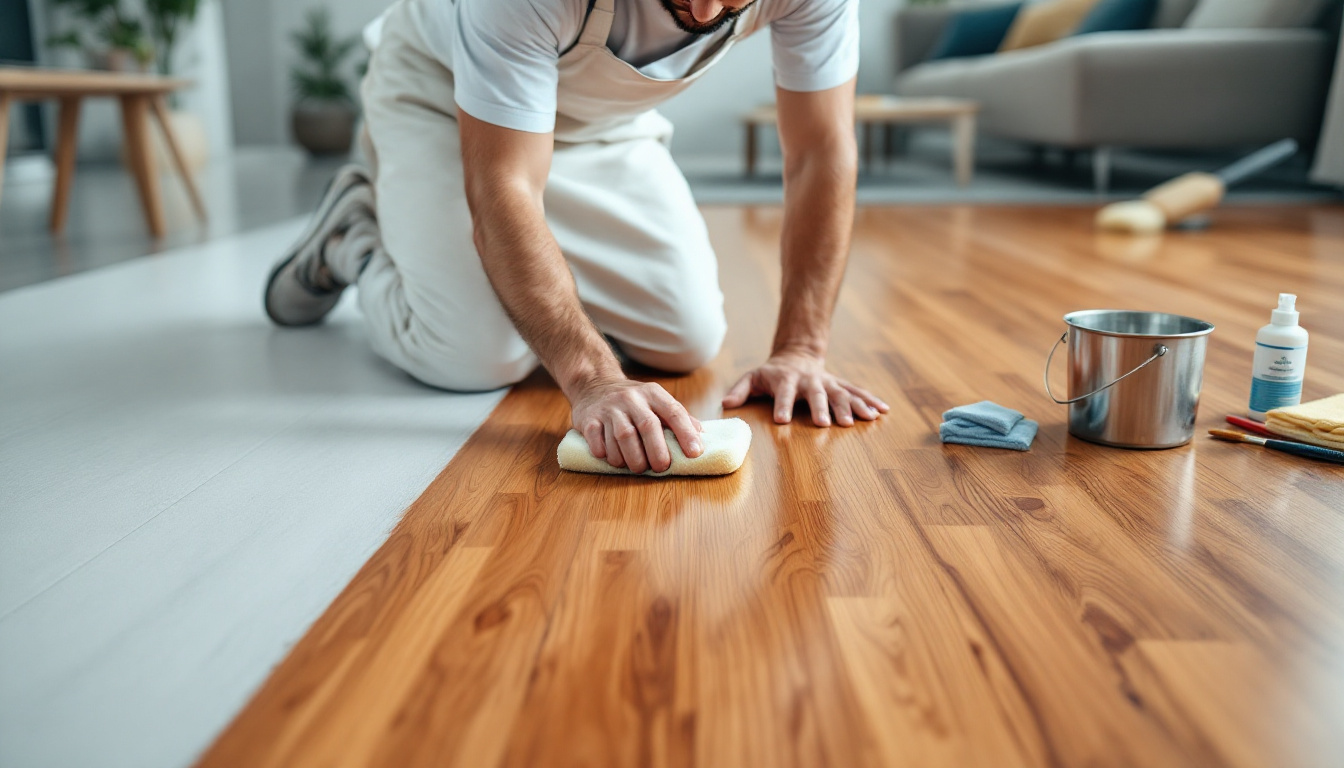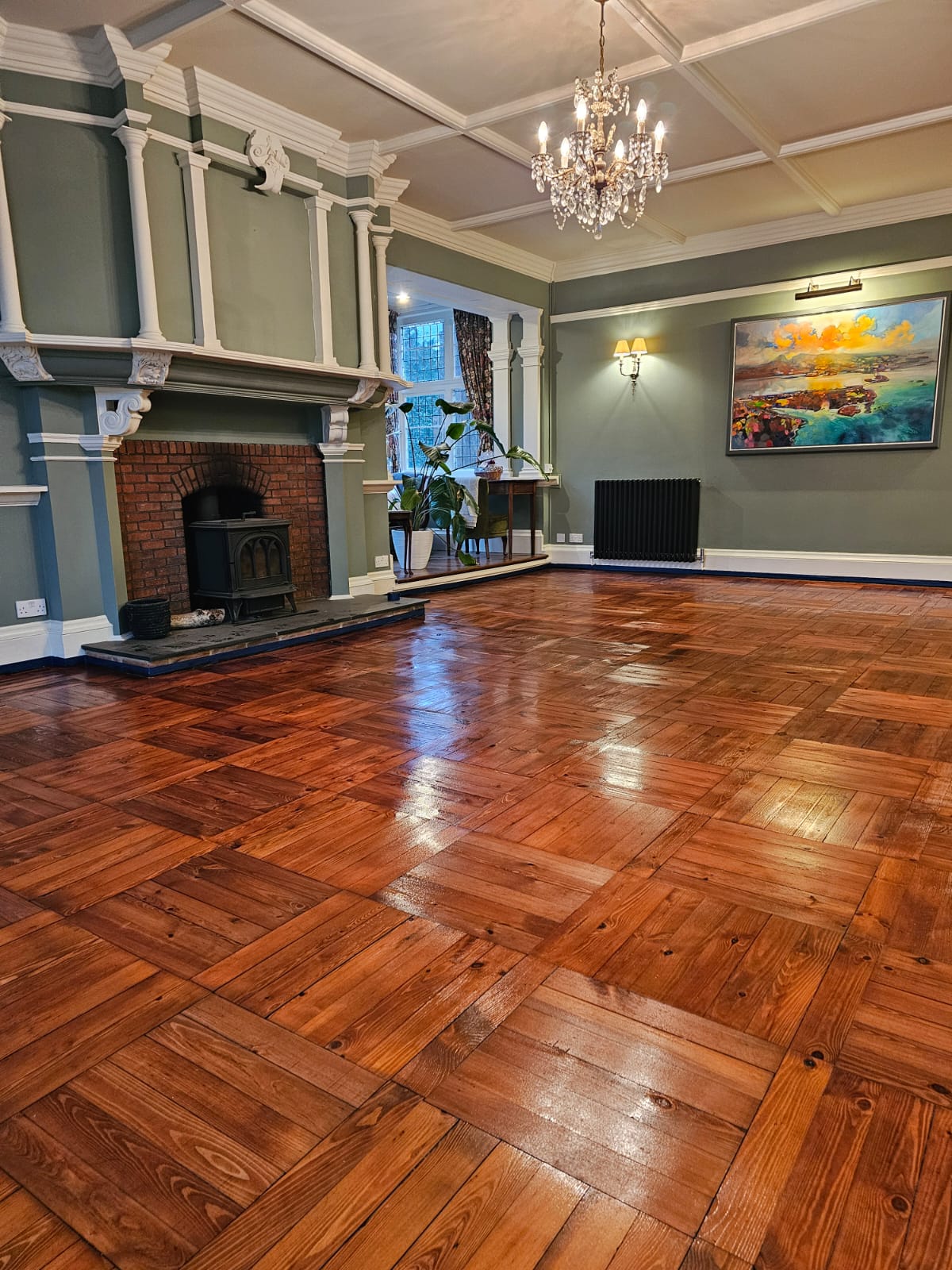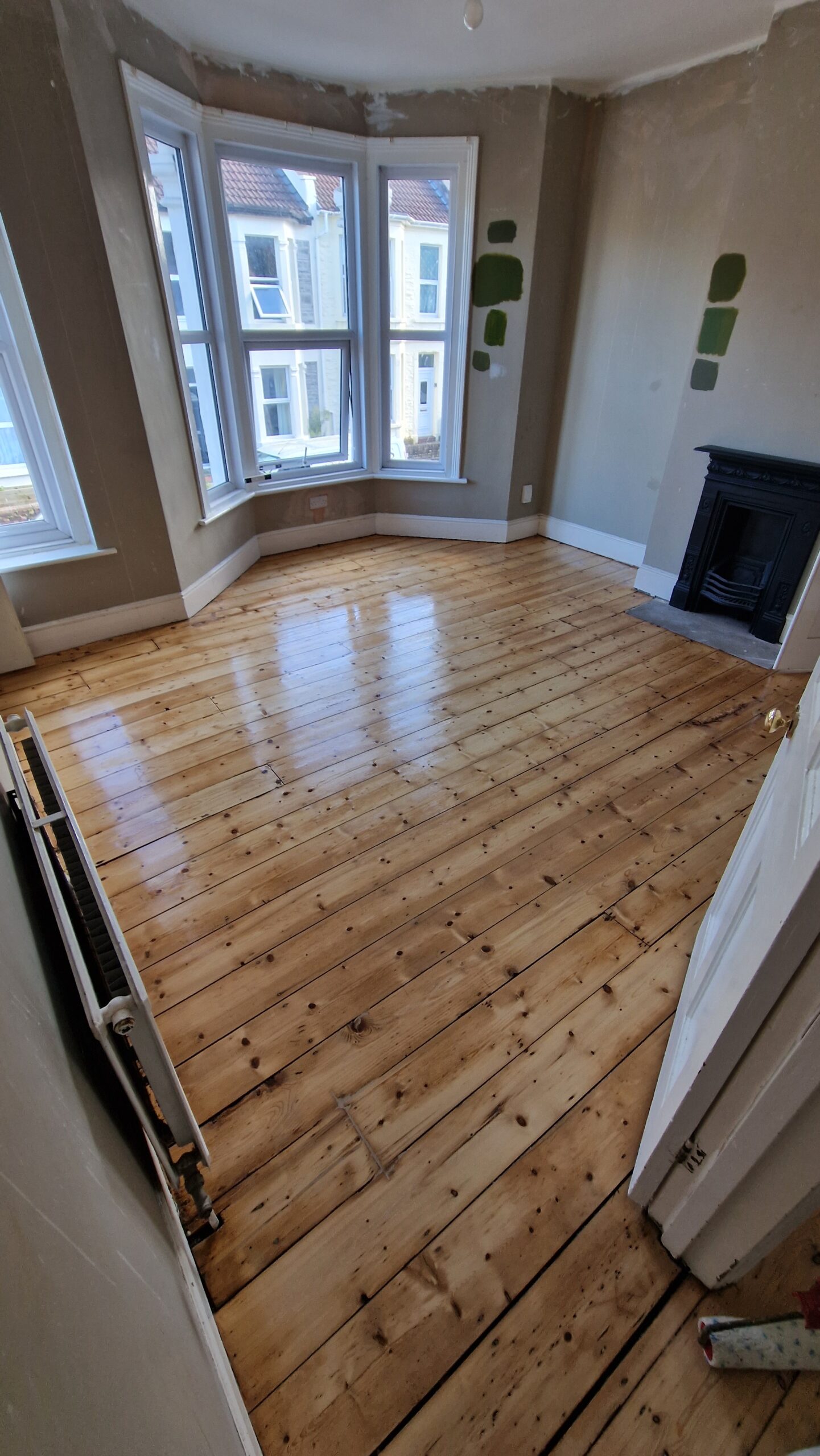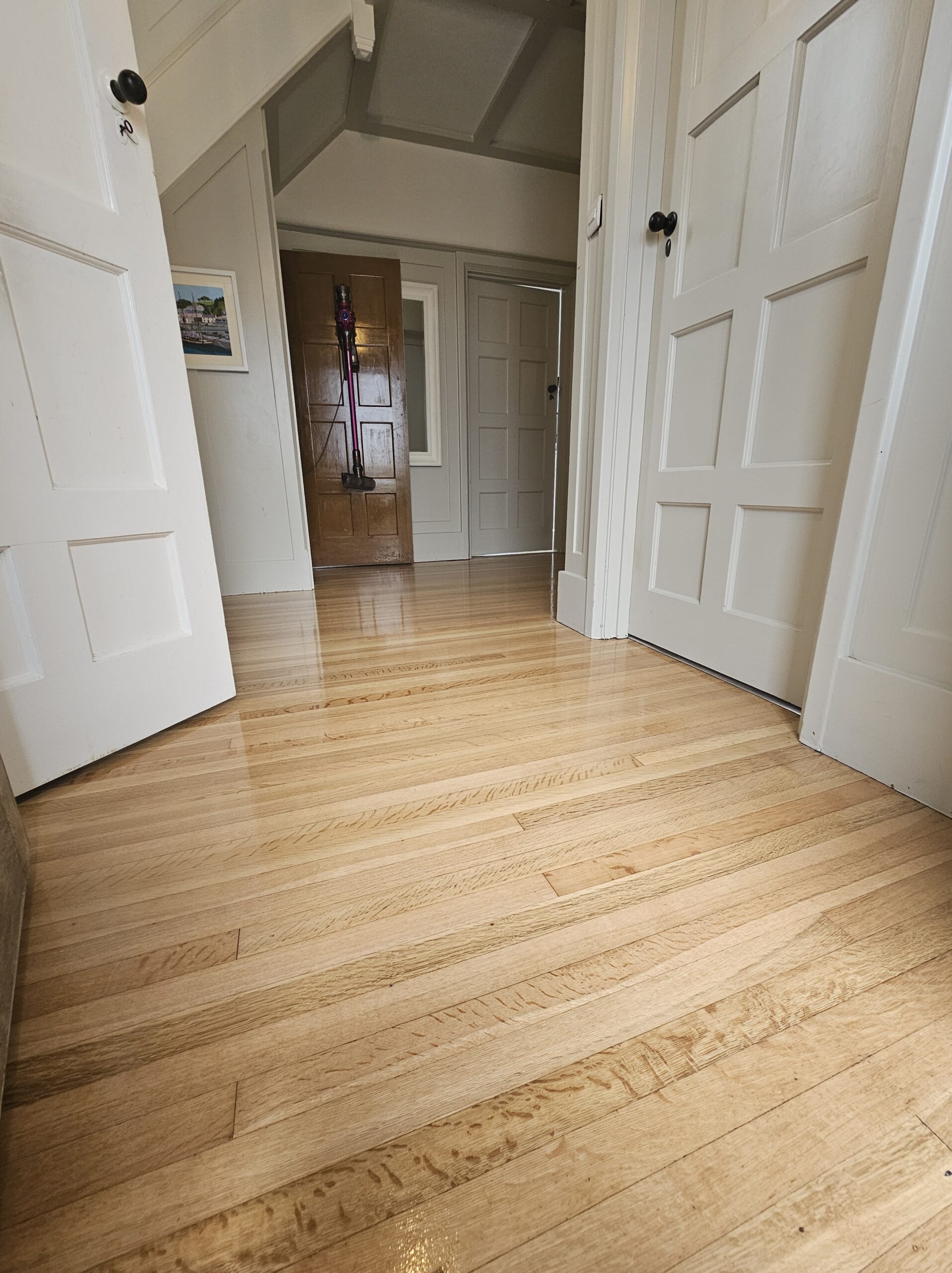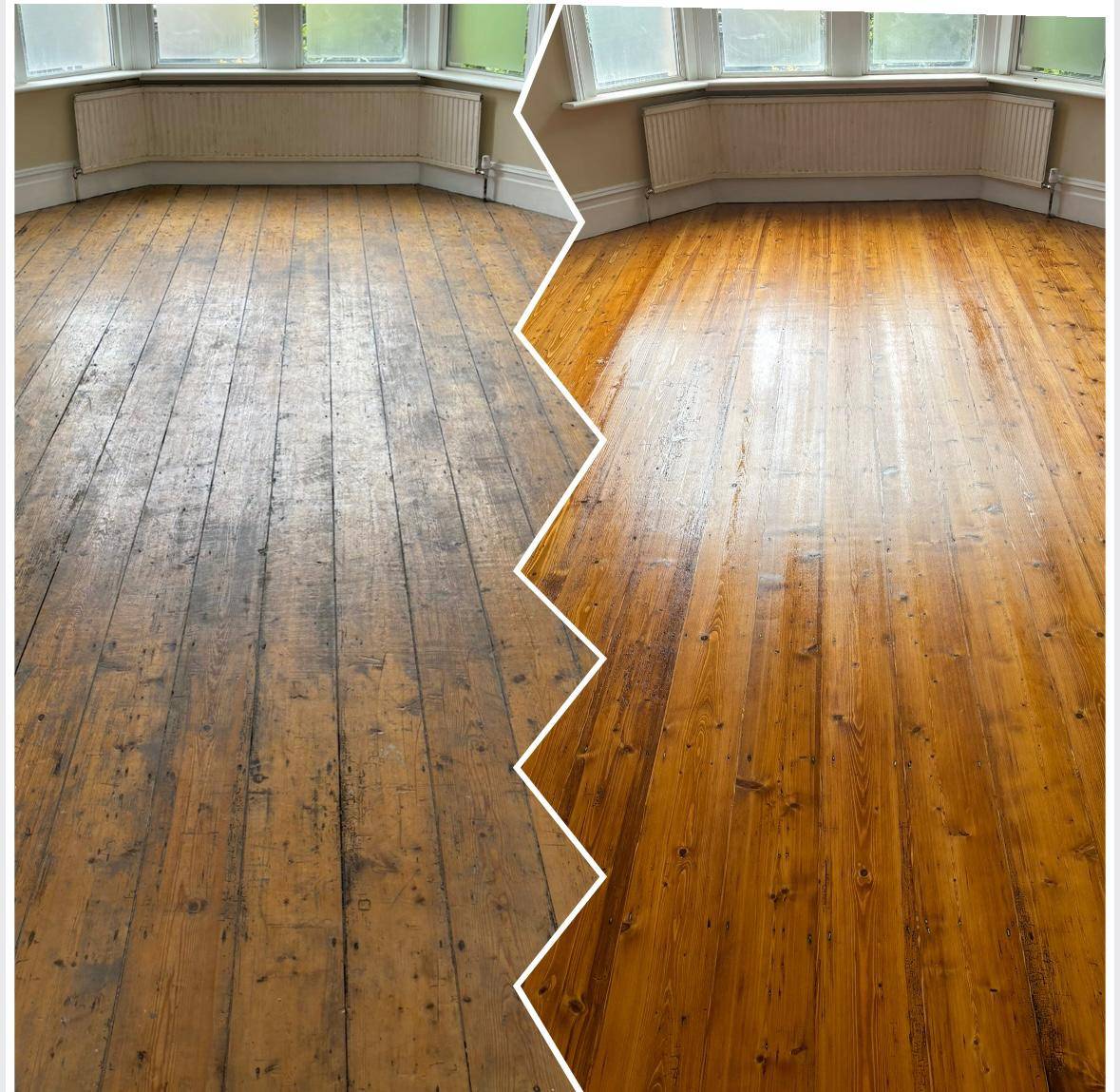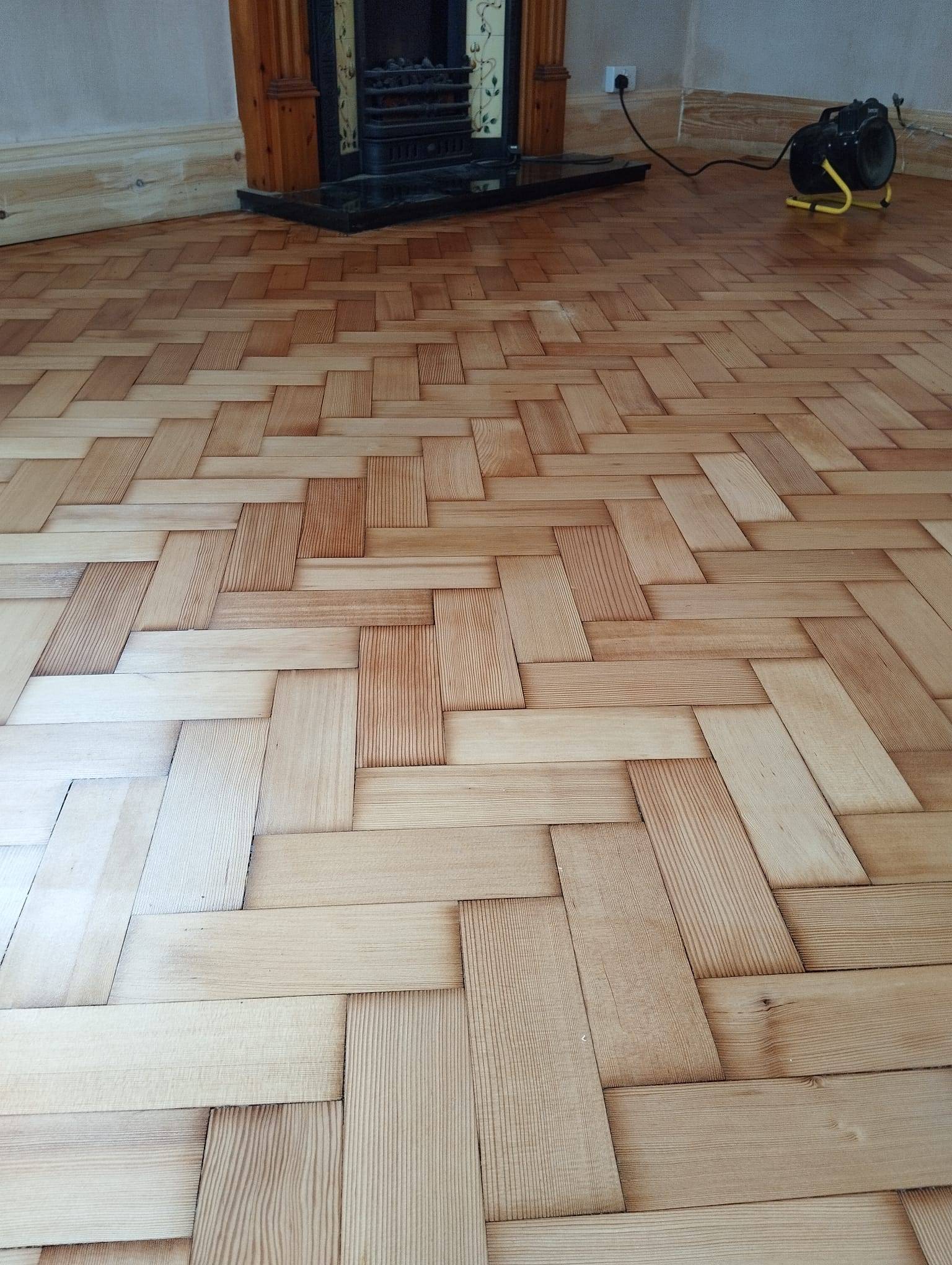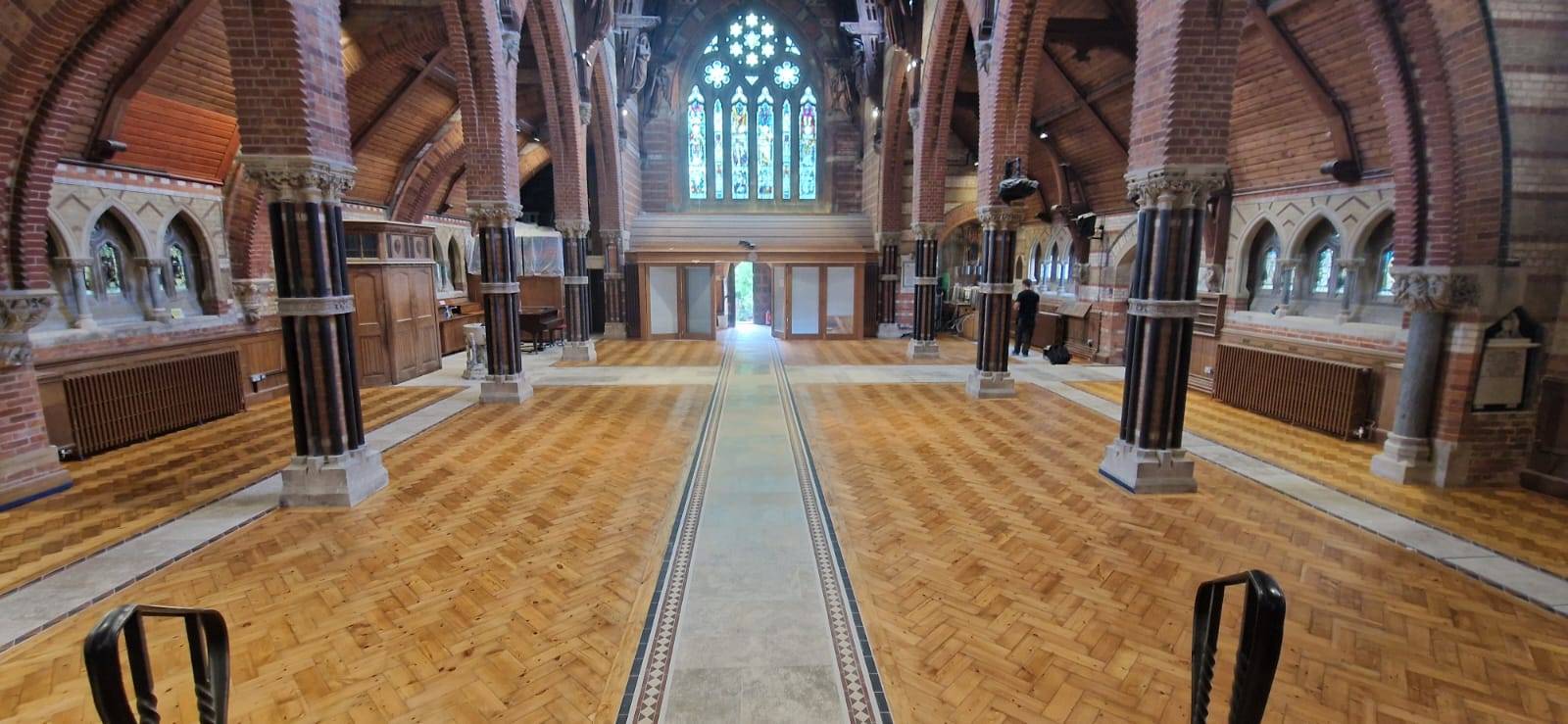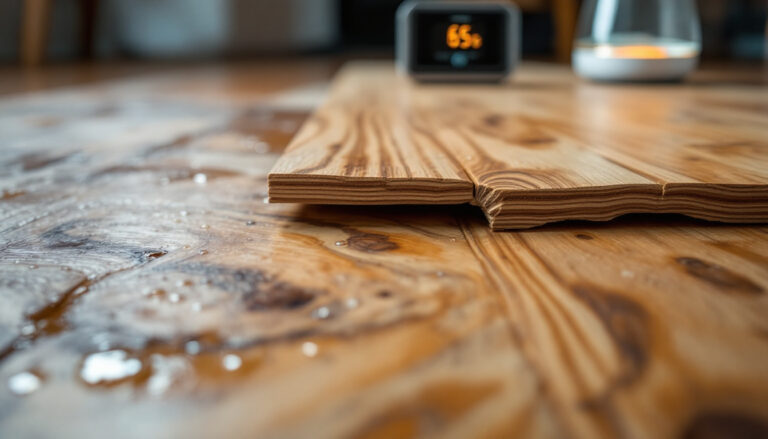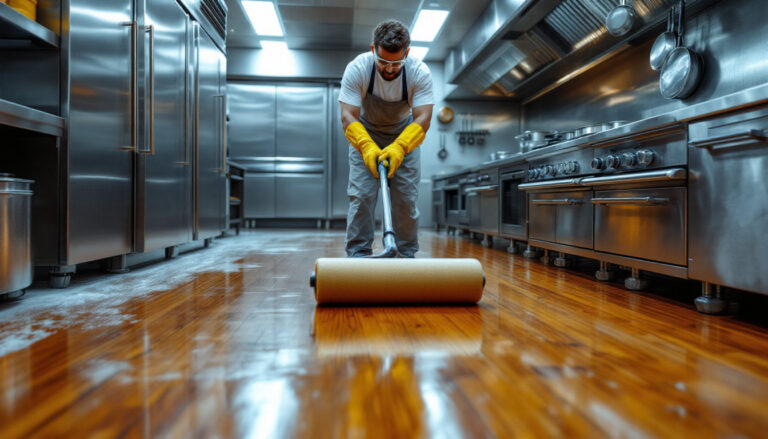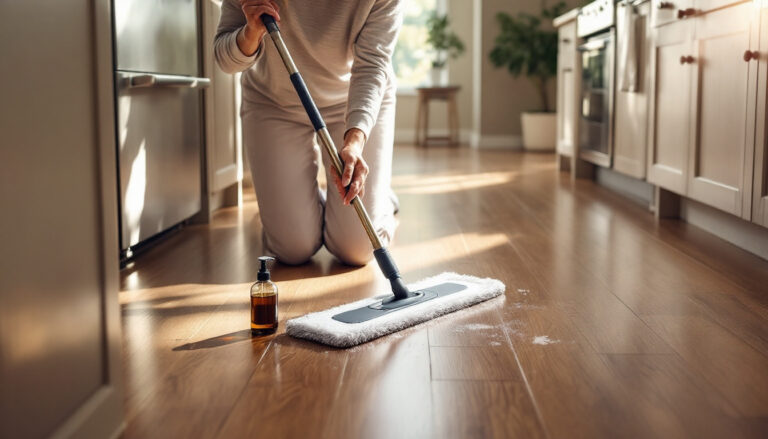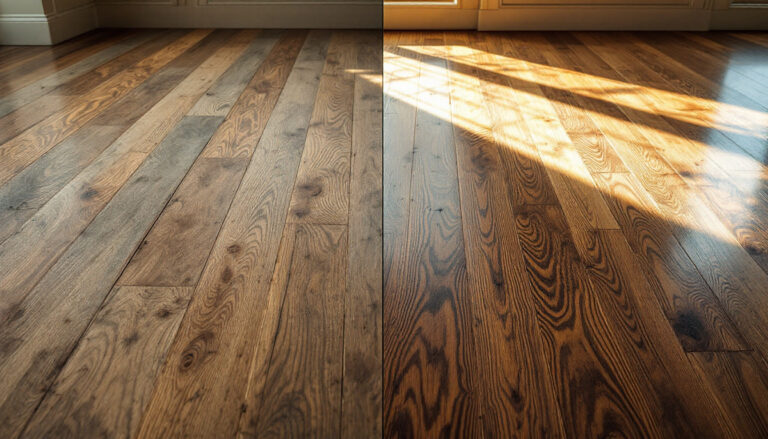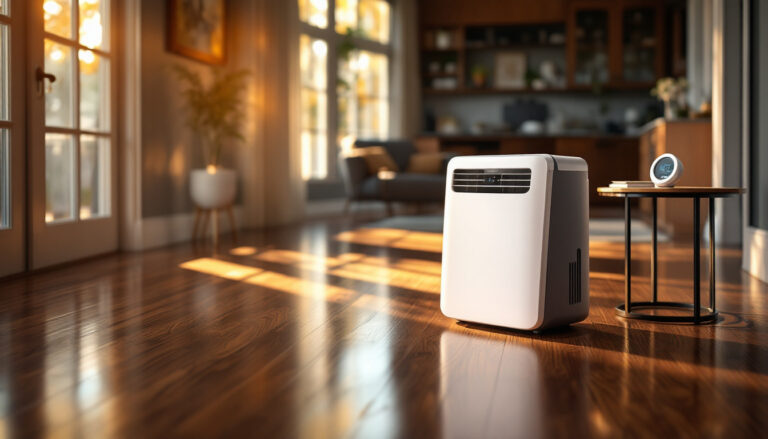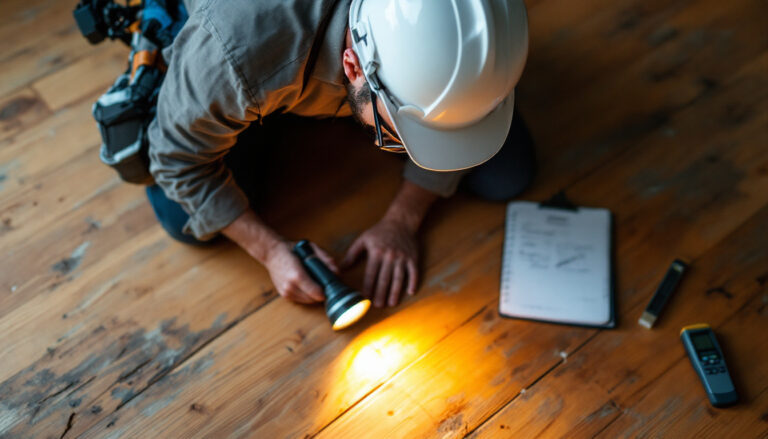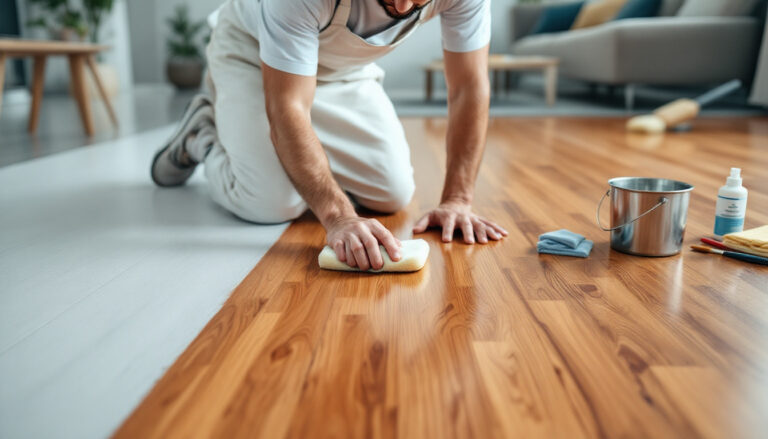Have you ever considered how long your wood floors could actually last with the right care? Properly sealed, these timeless features of your home can endure and enhance the aesthetics for anywhere between 20 to 100 years. However, without the right sealing techniques, even the most exquisite wood floors are vulnerable to damage from moisture, wear, and daily life. In this article, we will delve into the best practices for sealing wood floors, ensuring their durability and longevity while enhancing your home’s value. Whether you’re looking for a DIY approach or professional guidance, we have you covered.
Understanding the Importance of Sealing Wood Floors
Hardwood floors, with proper care, can last between 20 and 100 years. This impressive longevity underscores the importance of maintenance routines such as regular cleaning using soft-bristle brooms or vacuums equipped with hardwood attachments. Additionally, avoiding excessive water is crucial to prevent damage. These practices, alongside sealing, play a significant role in maintaining the floors’ durability.
Without proper sealing, wood floors are susceptible to various issues. Unsealed floors can absorb moisture, leading to warping and expansion, which may result in gaps or buckling. Moreover, without a protective sealant layer, floors are more vulnerable to stains and scratches. These problems not only compromise the floor’s aesthetic appeal but can also significantly reduce its lifespan, necessitating frequent repairs or replacements.
Benefits of sealing wood floors include:
- Enhanced durability and longevity
- Protection against moisture and water damage
- Resistance to everyday wear and tear
- Improved aesthetic appearance and shine
- Easier cleaning and maintenance
Professional installation and the use of high-quality materials are vital to ensuring that wood floors achieve their full potential lifespan. Companies like Ryan’s Restoration provide expertise in choosing the right materials and sealants, which can prevent common installation issues such as uneven finishes, gaps, or buckling. This professional approach is essential for maximising the durability and beauty of wood floors.
Choosing the Right Sealant for Your Wood Floor
Selecting the appropriate sealant for your wood floor is crucial to enhance its durability and maintain its appearance. The right sealant not only protects the floor from damage but also highlights the natural beauty of the wood. Different sealant types offer unique benefits and application techniques, making it essential to understand each option.
Oil-Based Sealants
Oil-based sealants provide an organic finish that enhances the wood’s natural grain and colour. They offer excellent water-repellent properties, making them ideal for areas prone to moisture. The rich, deep finish they provide makes them a popular choice for those seeking a classic appearance. However, they may require longer drying times and can emit strong odours during application.
Water-Based Sealants
Water-based sealants are favoured for their ease of application and quick drying times. They have minimal odour, making them suitable for indoor use, especially in occupied spaces. These sealants offer a clear, natural finish that preserves the wood’s original hue, making them an excellent choice for lighter-coloured woods. Their low VOC content also makes them an environmentally friendly option.
Benefits of eco-friendly sealants:
- Lower environmental impact
- Reduced indoor air pollution
- Safer for home environments
- Retain natural wood appearance
Ryan’s Restoration can provide professional advice and services to help choose the best sealant for your wood floor. Their expertise ensures that the right product is selected and applied correctly, maximising the floor’s longevity and beauty. With a focus on quality materials and meticulous application, Ryan’s Restoration offers solutions tailored to your specific needs, ensuring optimal results for your wood flooring projects.
Step-by-Step Guide to Sealing Wood Floors
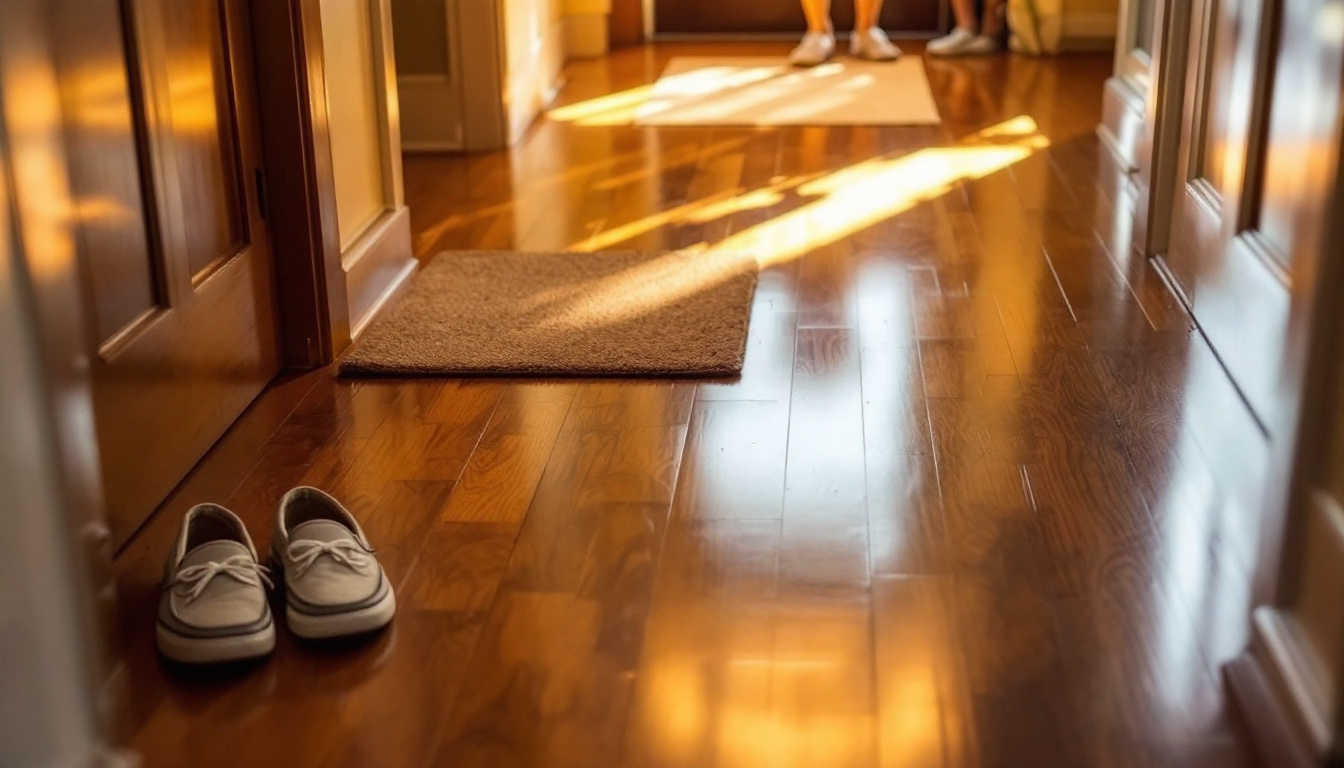
Proper preparation is crucial for effectively sealing wood floors, as it lays the groundwork for a durable and aesthetically pleasing finish. Ensuring the surface is adequately prepared can prevent common issues such as uneven application and premature wear.
- Evaluating Floor Conditions
Inspect the floors for any damage, such as cracks, gaps, or stains. Address these issues before proceeding to ensure the sealant adheres properly and provides a uniform finish. - Sanding Techniques
Use continuous belt machinery for virtually dust-free sanding, which removes the existing finish and smoothens the surface. This step is vital for creating a clean base for the sealant. - Cleaning Wood Floors
Thoroughly clean the sanded floors to remove all dust and debris. Any remaining particles can interfere with the sealant’s adhesion and lead to an uneven finish. - Choosing the Right Sealant
Select a sealant that suits your wood type and desired finish. Consider factors such as drying time, water repellence, and environmental impact when making your choice. - Preparing for Sealant Application
Ensure the area is well-ventilated and at a stable temperature. Gather all necessary tools and materials to facilitate a smooth application process. - Applying the Sealant
Use a brush or roller to apply the sealant evenly across the floor. Follow the grain of the wood to enhance the natural appearance and ensure even coverage. - Allowing Proper Drying Times
Adhere to the recommended drying times for the sealant type used. Rushing this step can compromise the finish and affect the sealant’s durability. - Finishing Touches
Once dry, consider buffing the floor for added shine or applying a second coat if necessary to enhance protection.
Common application errors include skipping essential preparation steps, applying too thick or too thin layers, and using incompatible products. These mistakes can lead to uneven finishes, reduced sealant effectiveness, and a shorter lifespan for the flooring. Consulting with professionals like Ryan’s Restoration can help avoid these pitfalls, ensuring a flawless sealing process and maximising the durability of the wood floors.
Maintenance Tips for Long-Lasting Wood Floors
Regular cleaning is essential for maintaining the durability and aesthetic appeal of sealed wood floors. Use soft-bristle brooms or vacuums with hardwood attachments to remove dirt and debris without scratching the surface. It is crucial to avoid harsh chemicals and excessive water, as these can damage the sealant and compromise the wood. Instead, opt for cleaning products specifically designed for wood floors to ensure they remain in optimal condition.
- Using appropriate cleaning products that are designed for wood floors
- Protecting floors with mats and furniture pads to reduce wear
- Maintaining a consistent indoor climate with stable humidity and temperature levels
- Trimming pet nails regularly to prevent scratches
- Placing rugs in high-traffic areas to minimise direct impact
- Addressing spills immediately to prevent water damage
Seasonal Maintenance Considerations
Seasonal changes can significantly affect wood floors due to variations in temperature and humidity levels. During winter, heating systems can dry out the air, causing the wood to shrink and potentially leading to gaps or cracks. In contrast, higher humidity in the summer can cause wood to expand, risking warping or buckling. To mitigate these effects, use humidifiers or dehumidifiers as needed to maintain a stable environment, ideally between 30-50% humidity.
For regular maintenance and expert advice tailored to your specific needs, consulting with professionals like Ryan’s Restoration is recommended. Their expertise ensures that wood floors are cared for properly, extending their lifespan and maintaining their beauty. With a focus on quality maintenance practices and preventative measures, Ryan’s Restoration can help maximise the durability of your wood floors.
Avoiding Common Mistakes in Sealing Wood Floors
Correct application techniques are crucial when sealing wood floors to ensure a durable and visually appealing finish. Mistakes during the sealing process can lead to uneven finishes and reduced durability, ultimately shortening the floor’s lifespan. It is essential to follow the correct steps and use quality products to achieve the best results.
- Skipping surface preparation
- Using incompatible products
- Applying too-thick or too thin layers
- Ignoring the manufacturer’s drying time recommendations
Consulting with professionals like Ryan’s Restoration can greatly enhance the sealing process’s success. Their expertise ensures proper technique and product choice, leading to a flawless finish and maximising the wood floor’s durability.
Final Words
Sealing wood floors is essential for enhancing their longevity and durability. Proper sealing prevents common hazards like moisture damage and offers a robust protective layer. Choosing the right sealant, whether it’s an oil-based or water-based option, can significantly impact the floor’s performance.
The DIY guide provides actionable steps for sealing with precision, while the maintenance tips ensure continued protection. Avoiding common sealing mistakes is crucial for achieving the desired outcome. By maximising durability through these practices, homeowners can enjoy beautiful, long-lasting floors. For expert advice and services, Ryan’s Restoration remains a trusted choice.
FAQ
Q: Why is sealing wood floors important?
Sealing wood floors is essential as it enhances durability, provides protection against moisture, and maintains the wood’s aesthetic appearance over time. Proper sealing prevents damage and extends the floor’s lifespan.
Q: How do I choose the right sealant for my wood floor?
Choosing the right sealant involves understanding oil-based and water-based types. Oil-based sealants offer an organic, water-repellent finish, while water-based sealants are easy to apply and dry quickly. Consult professionals for the best option.
Q: What are the steps to sealing wood floors?
Sealing wood floors involves a series of steps: evaluating conditions, sanding, cleaning, selecting a sealant, prepping for application, applying the sealant, allowing for drying, and adding finishing touches. Detailed planning ensures effective results.
Q: How can I maintain sealed wood floors for longevity?
To maintain sealed wood floors, clean regularly with suitable products, avoid harsh chemicals, use mats, and ensure a stable indoor climate. These steps help preserve the floor’s integrity and appearance over time.
Q: What common mistakes should I avoid when sealing wood floors?
Avoid mistakes by properly preparing surfaces, using compatible products, and applying the correct layer thickness. Neglecting these can lead to uneven finishes and reduced floor durability. Professional advice is beneficial.
